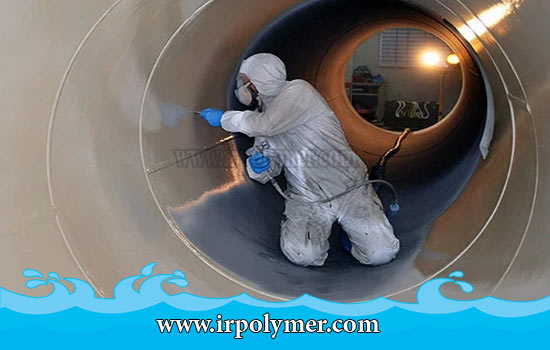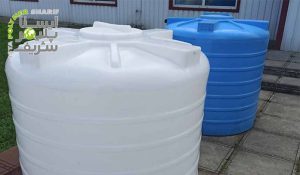Thermosetting Epoxy Resin is crucial for internal tank coatings and painting. Epoxy coatings consist of two main components: epoxy resin and a hardener, which can be polyamide or amine. Epoxy coatings have excellent adhesion to metals. Their curing is very effective due to their chemical structure. They also offer high chemical resistance and resistance to weather conditions.
Galvanized tanks are used for storing water and other liquids and must be protected from corrosion and deterioration. Epoxy coating protects galvanized tanks from corrosion, thus extending their lifespan by preventing damage and flaking. Even with epoxy coating, metal tanks, including galvanized ones, prevent changes in the taste and smell of water. Therefore, epoxy coating is highly suitable for water tanks.
This coating enhances health safety and prevents an increase in harmful heavy metal ions in the water. For tanks holding water, epoxy with a polyamide hardener is preferable due to the excellent moisture and water resistance of polyamide. For drinking water tanks, extra sensitivity must be considered. The coating mixture should not release small molecules or any chemicals. In contrast, galvanized tanks for industrial water do not require this sensitivity. However, if acids and bases are stored in composite or metal tanks, epoxy with polyamine and aromatic compounds is used due to its superior chemical resistance compared to polyamide hardeners. Today, epoxy paints are produced in both anti-static and acid-resistant types.
General Advantages of Epoxy Coating
- Excellent adhesion
- Completely smooth surface without porosity and voids
- High thermal resistance
- High chemical resistance
- Thin coating
- Easy and durable cleaning
- Minimal maintenance due to excellent resistance to all weather and chemical conditions
- Quick and easy application
Despite the positive features of epoxy coating, surface preparation is crucial. For epoxy coating, the surface must be prepared. It should be free from any contaminants, dust, and grease. The surface should be smooth and polished.
Tank Coating Steps
- First, the two components of the paint, namely epoxy resin and hardener, must be mixed thoroughly and homogeneously.
- The underlying surface must be free from any contaminants. Contaminants include dust, solvents, chemicals, and oils, and complete degreasing must be performed. Otherwise, proper adhesion will not be achieved, leading to unsuccessful epoxy coating and waste of time and cost.
- Finally, coating is applied either manually with a brush or by spraying. Spraying achieves a more uniform thickness and faster application.
Another important point is that epoxy does not have adequate resistance to ultraviolet light and is mainly used for the internal layer of the tank.






